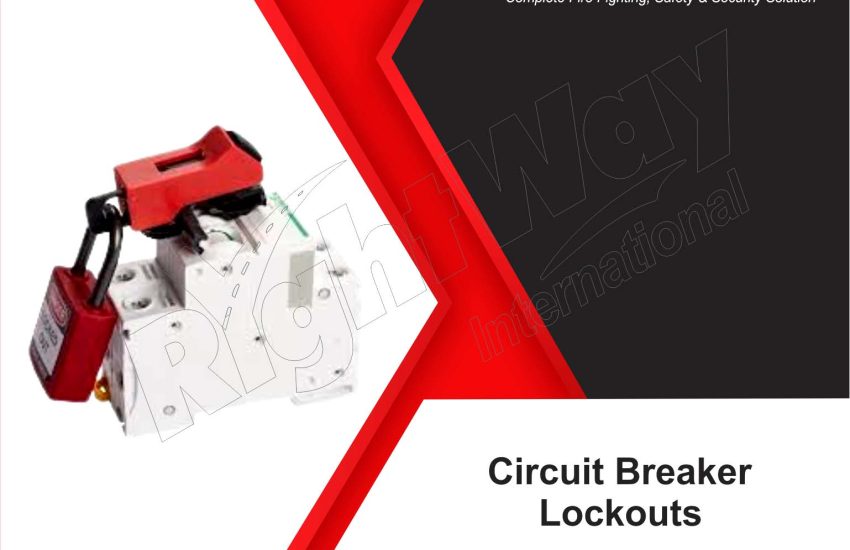Circuit Breaker Lockout is a critical safety procedure used in electrical systems to prevent accidental energization. This article will explore the importance of circuit breaker lockout, the types of lockout devices, and best practices for effective implementation.
What is Circuit Breaker Lockout?
Circuit breaker lockout refers to the practice of using lockout devices to secure circuit breakers during maintenance or repair work. This ensures that the circuit remains de-energized, protecting workers from electrical hazards.
Why is Circuit Breaker Lockout Important?
Implementing a circuit lockout is crucial for several reasons:
- Worker Safety: It minimizes the risk of accidental electric shock or electrocution.
- Regulatory Compliance: Adhering to OSHA and other regulatory standards is mandatory for workplace safety.
- Preventing Equipment Damage: Lockout procedures help avoid damage to electrical systems during maintenance.
Types of Lockout Devices
There are several types of lockout devices for circuit breakers:
- Lockout Hasps: Used to secure multiple locks, ensuring that only authorized personnel can access the circuit.
- Breakaway Padlocks: Provide a robust locking mechanism for securing circuit breakers.
- Circuit Lockout Devices: Specifically designed to fit over circuit breakers, preventing them from being turned on.
Best Practices for Circuit Breaker Lockout
- Conduct Training: Regular training sessions for employees on lockout/tagout procedures are essential for maintaining safety.
- Use Proper Signage: Clearly label locked-out devices to inform personnel of ongoing maintenance.
- Follow a Standardized Procedure: Develop and implement a consistent lockout procedure to ensure everyone understands the process.
- Document Lockout Procedures: Keep a record of all lockout/tagout procedures for compliance and safety audits.
Common Mistakes to Avoid
- Skipping Training: Neglecting employee training can lead to unsafe practices.
- Using Improper Lockout Devices: Always use devices that are suitable for your specific circuit breakers.
- Failing to Test Circuits: Always verify that the circuit is de-energized before beginning work.
Conclusion
Circuit breaker lockout is an essential component of electrical safety. By understanding and implementing effective lockout procedures, you can protect workers and ensure compliance with safety regulations.
Call to Action
For more information on electrical safety and lockout/tagout practices, subscribe to our newsletter or check out our additional resources!
SEO Best Practices:
- Meta Description: “Learn about circuit lockout, its importance for electrical safety, types of devices, and best practices for compliance.”
- Headings: Use H1 for the title, H2 for main sections, and H3 for sub-sections.
- Internal Links: Link to other articles on electrical safety or related topics.
- External Links: Reference credible sources like OSHA for safety standards.
- Images: Include relevant images of lockout devices with alt text like “Circuit Lockout Device.”


